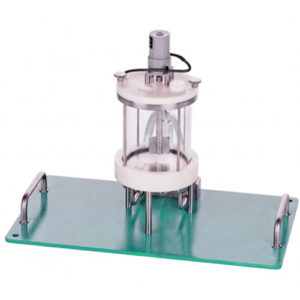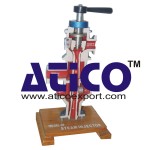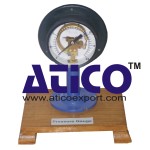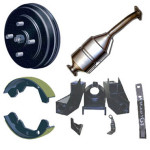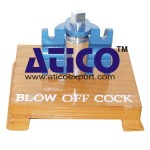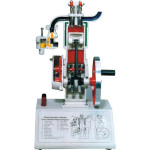Discontinuously operated stirred tank reactors are mostly used if the product quantities to be produced are small or the reactions are slow. it is part of a device series that enables experiments with different reactor types. In conjunction with the supply unit , it is possible to examine the function and behaviour of a discontinuous stirred tank reactor. The supply unit has a heating water circuit as well as all necessary connections, pumps, tanks for reactants and a product tank. it is mounted onto the supply unit and held by two pins in position. Quick-release couplings enable easy connection of the reactor to the supply unit. The reactants are preheated in the supply unit at the beginning. After that the reactants are delivered into the stirred tank reactor. A stirrer ensures a homogeneous mixture and thus increases the direct contact of the reactants.
Learning Objectives/Experiments
- Fundamentals of a saponification reaction
- Determination of reaction rate constant
- Determination of temperature dependence of reaction rate constant
- Conversion depending on
- Reaction time
- Temperature
- Concentration
Features
- Discontinuous stirred tank reactor for connection to supply unit
- Transparent materials to observe the process
- Isothermal operation
- Determination of the conversion in a saponification reaction
Specification
- Discontinuous stirred tank reactor for connection to supply unit
- Reactor with stirrer
- Chambered bottom made of stainless steel as heat exchanger for connection
- Sensor for measuring the conductivity and temperature
- Temperature control in the reactor
Technical data
- Reactor
- Outer Diameter: 110mm
- Inside Diameter: 100mm
- Height: 140mm
- Capacity: Approx. 750ml
- Speed Stirrer: Approx. 330min-1

